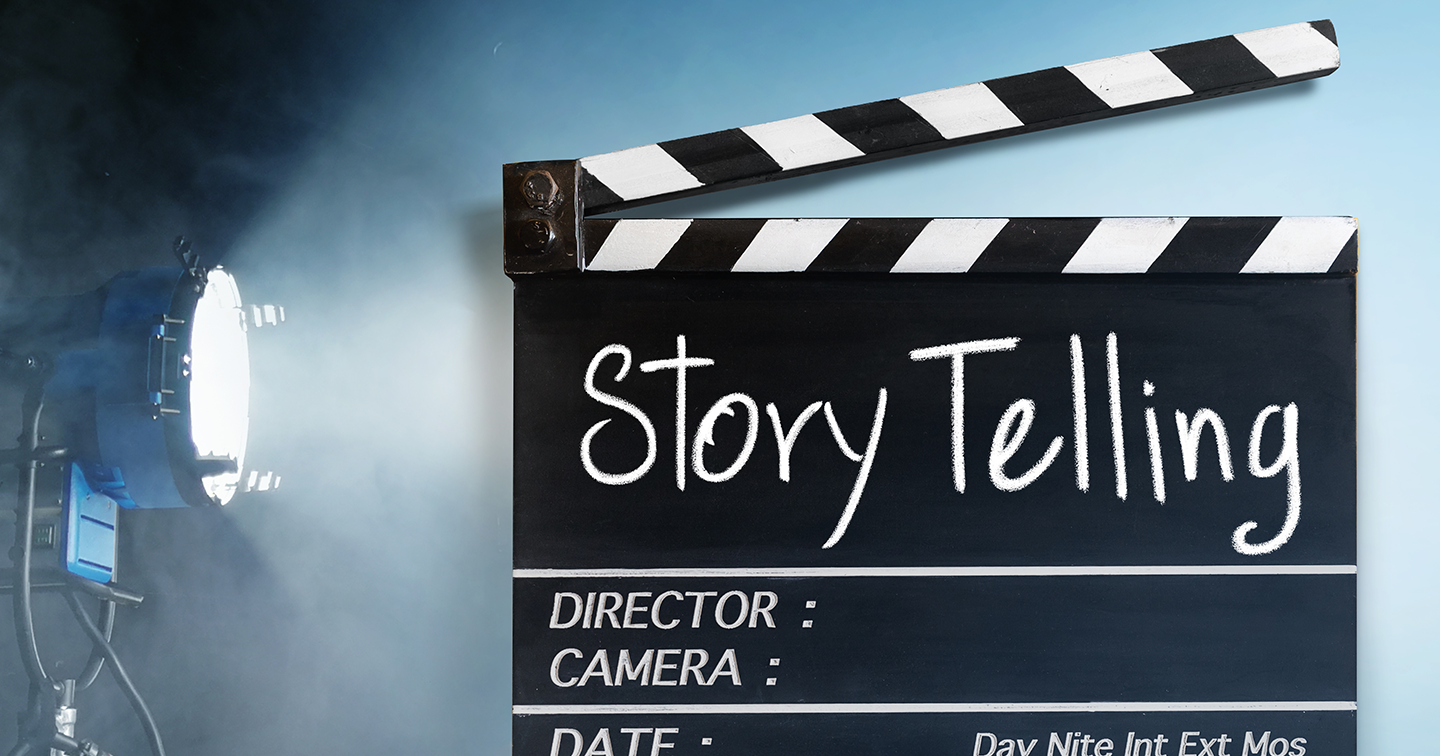Image Source: Google
In a world filled with constant noise and information overload, storytelling has become an essential tool for effective communication. Whether you are a business professional looking to engage your audience, a marketer trying to create memorable campaigns, or a leader aiming to inspire your team, mastering the art of storytelling can make a significant difference in how your message is received and remembered. Storytelling training can help you develop the skills and techniques needed to craft compelling narratives that captivate and resonate with your audience. Let's explore how storytelling training can transform your communication and elevate your storytelling abilities.
The Power of Storytelling
Why Storytelling Matters
- Stories are memorable: People are more likely to remember information when it is presented in a story format.
- Stories create emotional connections: Narratives can evoke emotions and help the audience relate to the message on a deeper level.
- Stories make complex information easier to understand: By turning data and facts into a story, you can simplify complex concepts and make them more accessible.
- Stories inspire action: Compelling narratives have the power to motivate people to take action or make decisions.
The Science Behind Storytelling
Research in neuroscience has shown that our brains are wired to respond to stories. When we hear a story, our brain releases oxytocin, a hormone that is associated with empathy, trust, and connection. This chemical reaction makes storytelling a powerful tool for building rapport and engaging with others. By understanding the science behind storytelling, you can learn how to leverage this natural response to create more impactful communication experiences.
Key Elements of Effective Storytelling
Character Development
- Create relatable characters that your audience can connect with.
- Show the character's growth or transformation throughout the story.
- Add depth to your characters by exploring their motivations, fears, and desires.
Plot Structure
- Introduce a clear beginning, middle, and end to your story.
- Build tension and conflict to keep your audience engaged.
- Create a resolution that satisfies the audience and ties up loose ends.
Emotional Impact
- Evoke emotions such as empathy, excitement, sadness, or joy to create a connection with your audience.
- Use sensory details and vivid imagery to make your story come alive.
- Show vulnerability and authenticity to build trust and credibility.
Benefits of Storytelling Training
Enhanced Communication Skills
Storytelling training can help you become a more effective communicator by teaching you how to structure your message, engage your audience, and deliver your story with impact. These skills can be applied to various scenarios, such as presentations, pitches, marketing campaigns, and team meetings, enabling you to connect with others in a meaningful way.
Increased Engagement
By mastering the art of storytelling, you can capture the attention of your audience and keep them engaged throughout your message. Stories have a unique ability to hold people's interest and create a memorable experience, making them more likely to remember and act upon the information you share.
Improved Persuasion
Effective storytelling can be a persuasive tool, as it allows you to influence others by appealing to their emotions, values, and beliefs. By crafting compelling narratives that resonate with your audience, you can inspire them to embrace your ideas, support your cause, or make a purchase.
Practical Tips for Implementing Storytelling
Know Your Audience
- Understand the demographics, preferences, and interests of your audience.
- Tailor your story to resonate with the values and emotions of your listeners.
Practice Active Listening
- Pay attention to the feedback and reactions of your audience.
- Adapt your storytelling approach based on the cues you receive from the listeners.
Use Visual Aids
- Incorporate visuals, such as images, videos, or props, to enhance your storytelling.
- Create a multi-sensory experience that appeals to different learning styles.
Conclusion
Storytelling is a powerful tool that can transform your communication and elevate your message to new heights. By enrolling in storytelling training, you can learn how to craft compelling narratives that capture the hearts and minds of your audience. Whether you are looking to inspire, educate, persuade, or entertain, storytelling can help you achieve your communication goals with impact and authenticity. Embrace the art of storytelling and unleash your creative potential to connect with others in a meaningful and memorable way.

+ There are no comments
Add yours